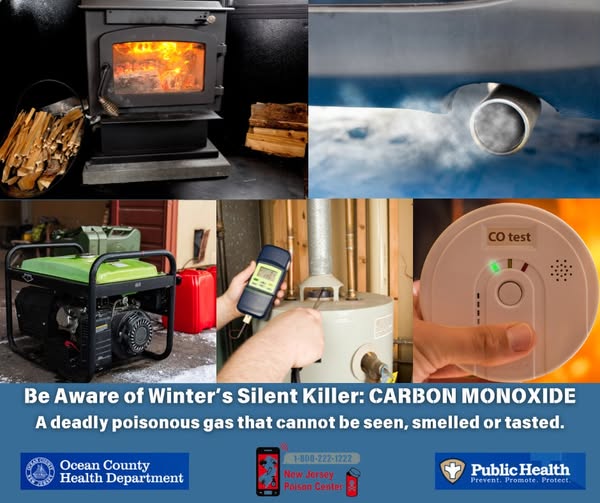
Gas stoves offer a convenient and efficient way to cook, but they also present potential dangers if not handled properly. Leaving a gas stove left on with flame can have devastating consequences, leading to fires and carbon monoxide poisoning. This article will delve into the risks associated with gas stove misuse and provide essential safety tips to ensure your home remains a safe haven.
This comprehensive guide will explore the fire hazards posed by unattended gas stoves left on with flame, the dangers of carbon monoxide poisoning, and practical steps you can take to prevent accidents. By following these guidelines, you can minimize the risks associated with gas stove use and create a safer cooking environment for yourself and your family.
Gas Stove Fire Hazards
A gas stove left on with flame is a prime cause of house fires. The open flame can easily ignite nearby flammable materials like curtains, towels, or even grease splatters. A fire ignited by an unattended stove can spread rapidly, causing significant damage to your home and posing a serious threat to life.
The risk of fire increases when cooking on high heat or leaving pots unattended. Boiling liquids can overflow and ignite the flame, while unattended frying pans can catch fire if the oil gets too hot. Even seemingly small flames can quickly escalate into dangerous infernos if left unchecked.
It’s crucial to remain vigilant while using your gas stove and never leave it unattended, especially when cooking with flammable materials or at high temperatures. Always keep a close eye on your pots and pans, and ensure the area around your stove is clear of any combustible items.
Carbon Monoxide Poisoning Risk
Carbon monoxide (CO) is a colorless, odorless, and tasteless gas produced by incomplete combustion of fuels like natural gas. When a gas stove left on with flame doesn’t burn efficiently, it can release dangerous levels of CO into your home.
Prolonged exposure to even low levels of CO can lead to serious health problems, including headaches, dizziness, nausea, and in severe cases, death. Symptoms often mimic the flu, making it difficult to recognize CO poisoning.
To mitigate this risk, ensure proper ventilation when using your gas stove by opening windows or turning on exhaust fans. Regularly inspect your gas appliances for leaks and have them serviced annually by a qualified technician. Install carbon monoxide detectors on each level of your home and near sleeping areas to provide early warning in case of CO buildup.
Preventing Gas Stove Fires
Preventing gas stove fires requires vigilance and adherence to safety practices.
Always Supervise Cooking:
Never leave cooking unattended, especially when using high heat or flammable materials. Stay in the kitchen while food is cooking and keep a close eye on pots and pans.
Keep Flammables Away:
Store flammable items like curtains, towels, and paper products away from your stovetop. Avoid hanging anything near the flame that could catch fire easily.
Clean Regularly:
Grease buildup can ignite easily. Clean your stovetop regularly with a damp cloth or mild detergent to remove any grease or food residue.
Safe Gas Stove Operation Practices
Beyond preventing fires, safe gas stove operation involves several key practices:
Turn Off the Flame:
Always turn off the burner completely after use and ensure the flame is extinguished. Never leave a gas stove left on with flame unattended.
Check for Leaks:
Inspect your gas lines and connections regularly for any signs of leaks, such as hissing sounds or a rotten egg smell (indicating the presence of mercaptan added to natural gas). If you detect a leak, immediately turn off the gas supply and contact a qualified technician.
Use Proper Ventilation:
Open windows or turn on exhaust fans when cooking with your gas stove to ensure proper ventilation and prevent CO buildup.
Conclusion
Gas stoves can be a valuable asset in your kitchen, but it’s crucial to prioritize safety when using them. By understanding the fire hazards and carbon monoxide poisoning risks associated with leaving a gas stove left on with flame, you can take proactive steps to protect yourself and your family.
Remember to always supervise cooking, keep flammable materials away from the stove, clean regularly, and follow safe operation practices. Adhering to these guidelines will help create a safer and more enjoyable cooking experience in your home.
